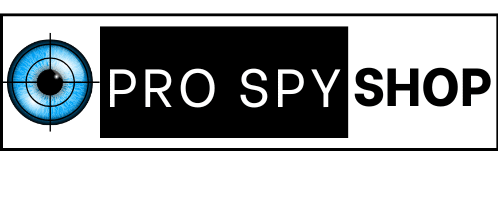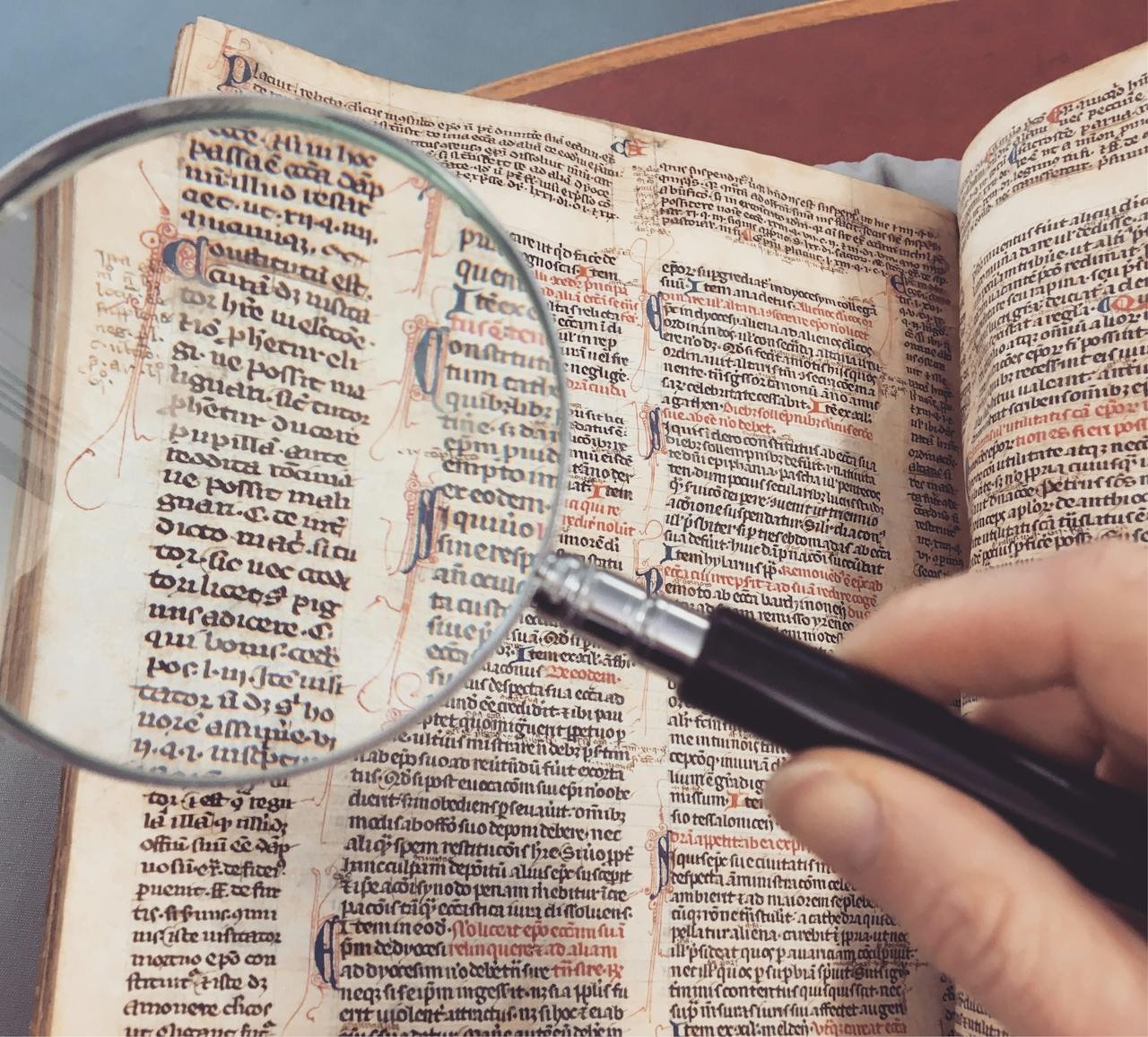Ultimate Spy Gear and Surveillance Glossary: Terms Every Beginner Should Know
Spy Gear and Surveillance Glossary
A
- Active Surveillance – Real-time, continuous observation using cameras or tracking tools.
- Admissibility – A legal term referring to whether surveillance evidence is allowed in court.
- Analog Camera – Traditional security camera that sends video to a DVR via coaxial cables.
- Antenna Detector – Detects wireless transmitting devices, often used in bug sweeps.
B
- Backup Battery – Powers surveillance devices during outages.
- Biometric Access – Entry systems that use biological data like fingerprints or retina scans.
- Body-Worn Camera – Small, wearable video recorders, often used by law enforcement or for covert monitoring.
- Bug – A hidden device used to secretly record or transmit audio conversations.
C
- Chain of Custody – The documented handling process of evidence (e.g., surveillance footage) from collection to court use.
- Closed-Circuit Television (CCTV) – Video surveillance system with a non-public signal.
- Covert Camera – Hidden camera disguised as everyday items (e.g., clock, pen).
- Counter-Surveillance – Techniques or tools used to detect or block spying efforts.
- Cyber Surveillance – Monitoring online behavior, emails, keystrokes, and digital footprints.
D
- Dash Cam – Car-mounted camera that records road activity and can serve as evidence.
- Decoy Camera – A fake camera used to deter crime by mimicking active surveillance.
- Digital Video Recorder (DVR) – Stores footage from analog cameras in digital format.
E
- Eavesdropping – Illegally or secretly listening to others’ conversations.
- Encryption – Scrambling of data to make it unreadable without a decryption key; used to protect communications and footage.
- Expectation of Privacy – The legal notion that people have a right to privacy in certain places (e.g., homes, bathrooms).
F
- Facial Recognition – Software that identifies people based on facial features.
- Field of View (FOV) – The visible area a camera can monitor.
- Freedom of Information Act (FOIA) – A law that allows public access to records, sometimes including government surveillance footage.
- Frequency Scanner – Detects radio frequencies to find transmitting bugs or GPS trackers.
G
- Geofencing – Virtual boundaries set around a location; triggers alerts when entered or exited.
- GPS Tracker – A device that uses satellite signals to provide real-time or historical location tracking.
- GSM Bug – A listening device that uses cellular networks to transmit audio remotely.
H
- Hardwired System – Surveillance setup that relies on physical cables for power and data.
- Hidden Camera Detector – Device that finds concealed cameras by detecting lenses or RF signals.
I
- Infrared (IR) Camera – Enables night surveillance using infrared light.
- Invasion of Privacy – Unauthorized intrusion into someone’s private space or activities.
- IP Camera – Internet Protocol camera that sends footage over a network or cloud.
J
- Jammer – Device that blocks signals like Wi-Fi, GPS, or cellular, often illegal for civilian use.
K
- Keylogger – Software or hardware that records every keystroke, often used to capture passwords or private data.
L
- Legal Consent Laws – Laws determining whether you need one-party or two-party consent to record conversations.
- Line of Sight (LoS) – The unobstructed path between a surveillance device and its target.
- Listening Device – Any hidden microphone or bug used to capture audio covertly.
M
- Microphone Bug – A small, hidden mic used for covert listening.
- Motion Detection – A feature that activates recording when movement is sensed.
N
- Nanny Cam – A camera used to monitor caregivers, often hidden.
- Night Vision – Technology allowing cameras to record in low light or darkness.
O
- Overt Surveillance – Obvious, visible monitoring typically used as a deterrent.
P
- Parabolic Microphone – Long-distance directional microphone, used in surveillance from afar.
- Pen Camera – A hidden camera built into a pen for covert video recording.
- Privacy Laws – Rules that regulate where and how people can be monitored, especially in private spaces.
Q
- Quick Access Safe – Fast-entry safes used for storing sensitive spy gear or weapons.
R
- Radio Frequency (RF) Detector – Finds hidden devices that emit radio signals, such as bugs and trackers.
- Remote Viewing – Watching surveillance footage from another location via internet or app.
S
- Signal Blocker – Prevents devices from sending or receiving signals; often used to avoid GPS or cellular tracking.
- Smart Surveillance – AI-based monitoring that recognizes patterns, faces, or abnormal behaviors.
- Spy Glasses – Glasses with embedded hidden cameras or audio recorders.
- Surveillance Law – Legal framework governing the use of monitoring tools and methods.
T
- Thermal Camera – Detects heat signatures to reveal movement in total darkness.
- Tracking Device – General term for devices used to monitor location, movement, or behavior.
U
- USB Spy Device – A USB drive that secretly records audio or video.
V
- Video Looping – Replaying recorded footage to hide current events or actions.
- Voice Changer – A tool used to disguise the speaker’s voice in real time.
W
- Wearable Spy Gear – Covert surveillance tools embedded in clothes, jewelry, or accessories.
- Wiretap – Intercepting phone or voice communications; typically requires a warrant for legal use.
Z
- Zoom Lens – A lens that adjusts focal length to zoom in on far-away subjects.

